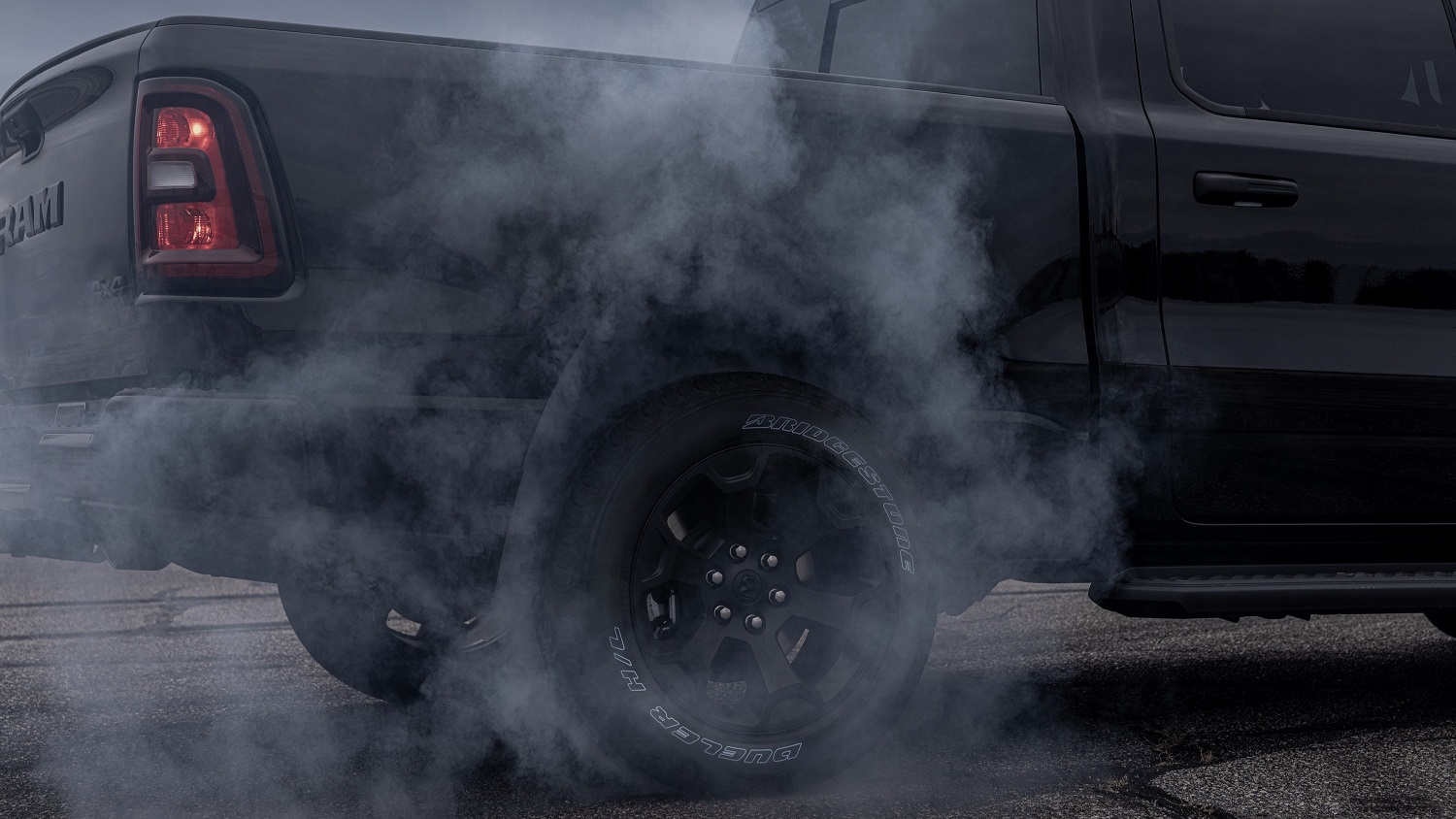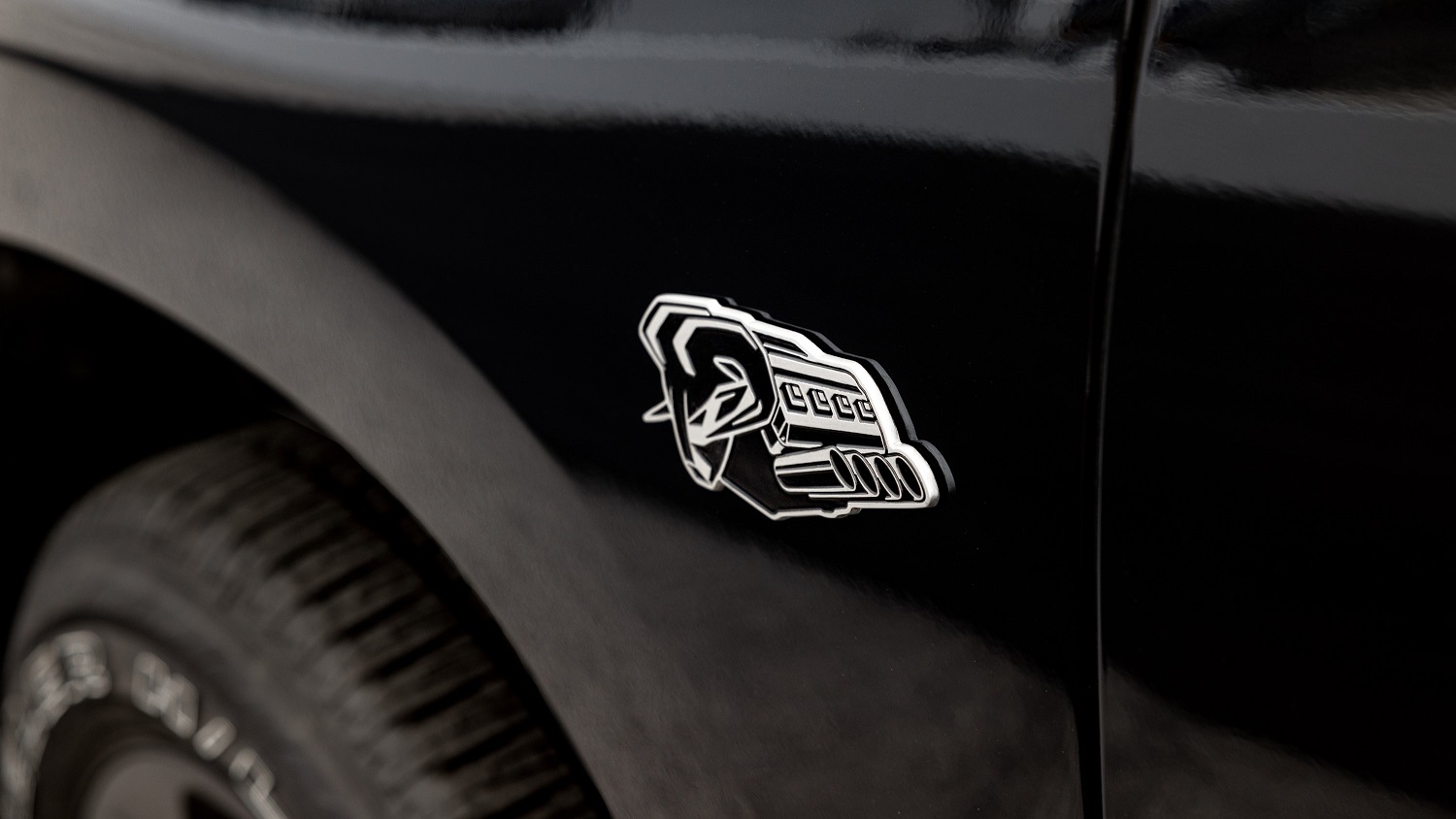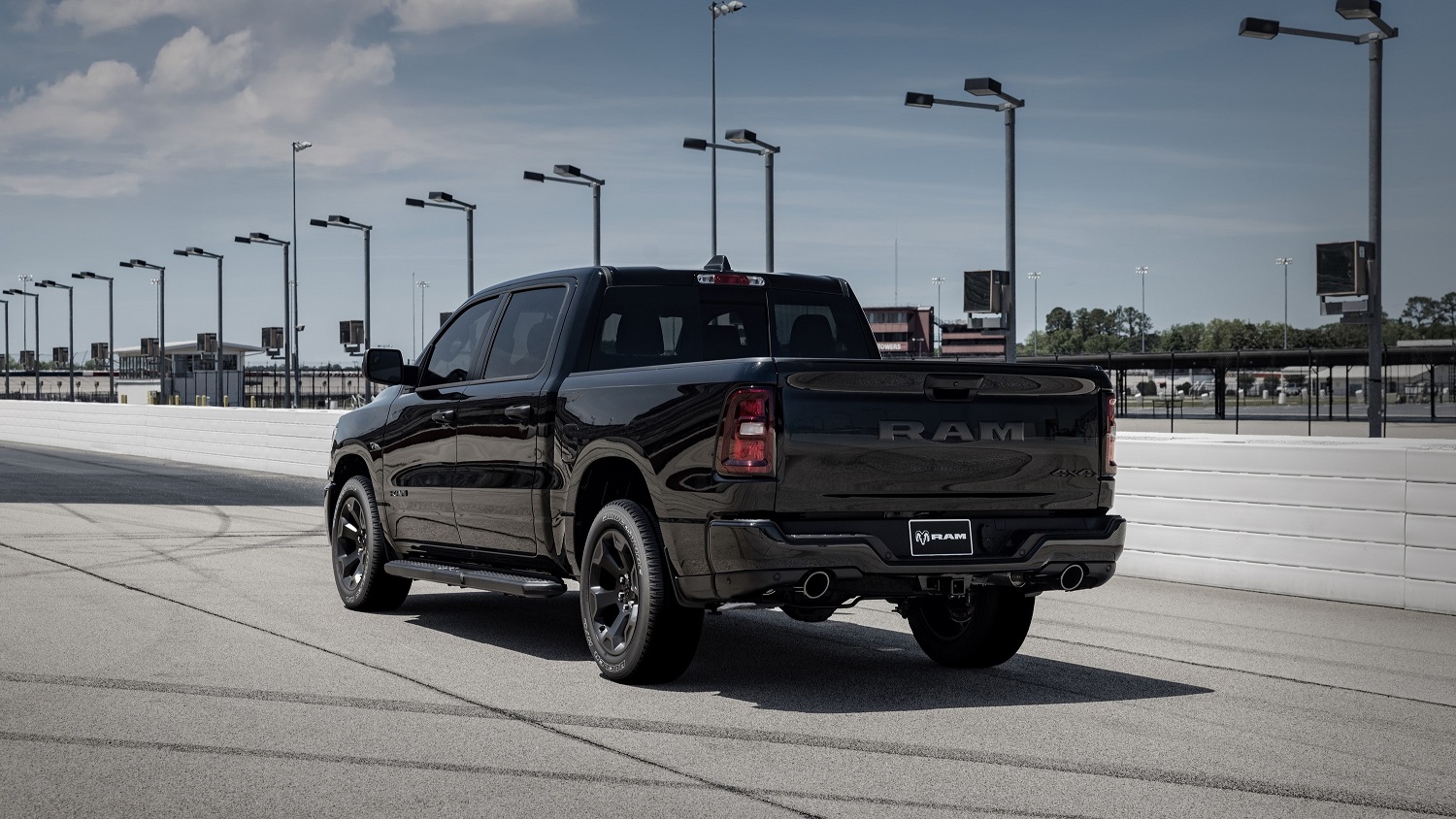The mid-20th century stands out as a pivotal era in automotive history—a time when pickups were transformed from humble workhorses into enduring American icons.
With rugged engineering, bold styling, and a no-nonsense attitude, these trucks embodied a spirit of resilience and innovation.
From farms to highways, their influence stretched far beyond utility, shaping culture and industry alike.
In this article, we’ll spotlight 20 legendary trucks whose legacies continue to inspire and captivate enthusiasts around the world.
The automotive industry is a world of high stakes and even higher ambitions. Over the decades, major car manufacturers have experienced dazzling triumphs—vehicles that redefined expectations and dominated the roads. Yet, these same brands have also faced humbling setbacks, from infamous design blunders to notorious flops that left a lasting mark.
This rollercoaster journey highlights one truth: success in the car world is never guaranteed. Join us as we explore twenty extreme hits and misses, revealing the unpredictable nature of this dynamic industry.
Step into the exhilarating world of American SUVs crafted not just for utility, but for sheer speed. These vehicles break the mold, seamlessly blending raw horsepower with modern technology and bold styling.
Whether you crave the sophistication of a luxury badge or the familiarity of iconic brands, these SUVs deliver pulse-quickening acceleration and performance worthy of the racetrack.
Get ready to explore the top 15 American SUVs that prove you don’t have to sacrifice excitement for practicality. Speed and versatility have never looked—or felt—so thrilling.
Well, that didn’t last long. Ram nixed the Hemi V8 from its half-ton truck lineup for 2025 in favor of standard- and high-output versions of its Hurricane twin-turbo 3.0-liter I6, but now comes news from Stellantis that it’ll be available on the 2026 Ram 1500.

Ram CEO Tim Kuniskis didn’t provide a noncommittal, sanitized quote about the reversal of course—he was blunt and brutally honest, saying, “Everyone makes mistakes, but how you handle them defines you. Ram screwed up when we dropped the HEMI—we own it and we fixed it.” Kuniskis added, “At the end of each month, we count sales to customers, not to statisticians or ideologues. Data be damned—we raise our flag and let the HEMI ring free again!”

If that’s the battle cry against forced induction and turbos being the replacement for displacement, then a ram’s head attached to a Hemi V8 is the movement’s Symbol of Protest.
Ram didn’t give the Hemi 5.7-liter V8 with the eTorque mild hybrid system a bump in output (which remains 395 horsepower and 410 lb-ft of torque), but it did couple the engine with a standard performance exhaust system and a 33-gallon fuel tank.

As popular as the Hemi is, it’s not the most powerful or capable engine in the Ram 1500’s arsenal. According to Ram, a 1500 with the eTorque Hemi has a payload capacity of 1,750 pounds and a towing limit of 11,470 pounds. The automaker’s consumer website shows the less potent Pentastar 3.6-liter V6 with eTorque has a higher max payload rating of 2,370 pounds. The base Hurricane I6 blows out 420 horsepower and 469 lb-ft of torque, and can transport up to 1,980 pounds of payload and tow as much as 11,550 pounds. Opting for the high-output Hurricane bumps the stats up to 540 horses and 521 lb-ft, although the payload and towing specs can’t match those of the Hemi.

You might not have to wait as long as you think to get a new Hemi-powered Ram 1500. The consumer website says, “Now available on select 2025 Ram 1500 models, the HEMI® V8 engine you’ve been craving is back. Go get it.” However, the official press release distinctly mentions the 2026 model and that the new Hemi trucks will be in Ram dealerships this summer. Either way, the Hemi is coming back to Ram’s light-duty pickup. Does this mean there’s a chance Dodge will offer the beloved V8 in the new Charger?
This 1931 Ford street rod is based on a steel-bodied Victoria sedan according to the seller, who states it was bought from its original owner in Massachusetts c.1972 by her husband. The car has since been through three iterations as a hot rod, having been awarded accolades since the 1970s. The current build is highlighted by a 351ci Cleveland V8 topped by an eight-stack induction setup with Weber carburetors, and it is linked to an AOD automatic and a chrome Ford 9″ axle. The frame was boxed and reinforced, and the car rides on a Heidts SuperRide independent front suspension with a four-link rear end and coilovers. American Racing Outlaw II wheels and disc brakes were utilized, and outside the car has a ’32 grille shell, full fenders, a chopped top, a custom-fabricated hood and wheel wells, hidden hinges, shaved handles, and a frenched plate holder. The interior was also customized, having been most recently redone in 2022-2023 with bucket seats, a tilt column, a center console, power windows, Dakota Digital gauges, and air conditioning. This Vicky street rod is now offered with service records, spare parts, and a clean Arizona title.

A framed article in American Rodder outlines work that was done and the original configuration of the car, which at that time was painted red.

Handwritten notes and a log detail work throughout the years to the car, which has been through three different configurations. The most recent work was completed between 2022 and 2023.

Awards dating to the 1970s denote accolades for the car’s various build configurations.

The car rides on a boxed and reinforced frame with a Heidts SuperRide independent front suspension. The grille shell was from a ’32, and the hood was custom-fabricated to blend into the cowl. The steel body has a 2.062″ chopped top, and the wheel wells were also fabricated.

The rear end is a four-link setup with a chromed Ford 9″ axle and adjustable coilovers. The plate holder was frenched, and a third brake light was added under the window.

The seller tells us the car has been painted three times over the last 52 years, with the most recent black finish applied ~nine years ago. Staggered American Racing Outlaw II wheels and disc brakes were utilized, and the doors have shaved handles and hidden hinges. The seller notes chips on the left door and that the left running board requires buffing.

The custom-fabricated hood opens to reveal the eight-stack induction system on the 351ci Cleveland V8. Pantera-logo valve covers were utilized, and the firewall is polished.

The interior was redone between 2022 and 2023, and it has a custom-painted console, bucket seats with gray upholstery, and matching treatments on the door panels and steering wheel. The car has a hidden stereo, Vintage Air climate control, and power windows. The bucket seats are power-adjustable, but are not currently connected.

The wheel is mounted on a tilt column. Dakota Digital gauges are set in the dashboard with a control panel mounted underneath, and the seller estimates the car was driven ~19k miles over the last 52 years.

The engine is topped by eight Webers that the seller reports require tuning. The valve cover gasket should also be replaced.

The polished AOD automatic is linked to a Ford 9″ that has been chromed, and the car has a driveshaft loop. The dual exhaust system exits either side ahead of the rear wheels.

The car is titled as a 1931 Ford using VIN AC103973.
This ’40 Ford is a steel-bodied coupe with fiberglass fenders that was built by its previous owner around 2016. Highlighting the build is the 377ci V8, which is built on a Dart “Little M” Sportsman block with Pro1 215cc heads, a roller camshaft, and a Banks twin-turbo setup with dual intercoolers. Running SDS electronic engine management, it is claimed to make 650 horsepower and is linked to a Tremec TKO five-speed manual and a Ford 9″ rear end with 31-spline axles, a 3.55 limited-slip differential, and line lock. It rides on a Mustang II-style front end with coil-spring suspension, rack-and-pinion steering, and disc brakes, and it also has rear discs and staggered alloys. The steel body has satin paintwork, a custom tilt front end, and shaved handles, and inside is a roll cage, race-style bucket seats, a Hurst shifter, a Lecarra wheel on a tilt column, and extra gauges. Acquired by the current owner in 2017, this 1940 Ford coupe is now offered on dealer consignment at no reserve with a clean California title.

The car has a steel body with fiberglass fenders, and the paintwork is a satin finish with custom flourishes. The bumpers have been removed, and the door handles and trunk handle have been shaved. The doors operate on poppers.

The front clip has been converted to tilt forward, and a Mustang II-style front end was fitted with coil-spring suspension, Wilwood disc brakes with cross-drilled rotors, and rack-and-pinion steering.

The car rides on 15″ E-T Gasser-style wheels up front and five-hole alloys out back wearing 275/60 Racemaster tires. Disc brakes and cross-drilled rotors were also utilized out back.

A roll cage has been installed along with two race-style seats, a Hurst floor shifter, and V8-logo door panels.

The custom dashboard has AutoMeter gauges installed along with an SDS programmer for the engine management, while a control knob and Innovate air/fuel ratio gauge are mounted to the lower cage crossbar. The Lecarra wheel is mounted on a tilt column, and the 155 miles on the cluster represents the distance driven since installation.

The 377ci V8 is claimed to be built on a Dart “Little M” Sportsman block with Pro1 215cc heads, a roller camshaft, and a Banks twin-turbo setup with dual intercoolers. Running SDS electronic engine management, MSD ignition, an Aeromotive fuel pump, and 65lb/hr injectors, it is believed to produce 650 horsepower. The exhaust system is wrapped and linked to SuperTrapp baffles, and it has cutouts.

The seller tells us the Tremec TKO five-speed manual is linked to a Ford 9″ rear with Strange Engineering 31-spline axles and a 3.55 limited-slip differential. The current owner added line lock.

The car is titled as a 1940 Ford using the VIN shown above.
The 1990s marked an unforgettable era in automotive design, defined by bold experimentation, vibrant aesthetics, and groundbreaking innovations.
During this decade, car manufacturers pushed boundaries, blending form and function to appeal to a new generation of enthusiasts.
One standout trend was the proliferation of factory-installed spoilers, transforming ordinary cars into striking machines that turned heads on the streets.
While initially designed to improve aerodynamics and stability, these spoilers quickly evolved into iconic styling statements that symbolized speed, power, and personality.
Let’s take a nostalgic journey back to the top 15 wildest factory spoilers that defined this unforgettable decade.
The 1990s were a remarkable era for automotive innovation, characterized by bold designs, experimental technology, and a spirit of adventure. While iconic vehicles from this decade have secured their places in automotive history, many equally fascinating cars have quietly slipped into obscurity. From quirky compacts to ambitious performance coupes, these forgotten gems offered unique driving experiences and distinctive personalities unmatched by today’s often homogenous offerings.
In this article, we’ll shine a spotlight on 15 underrated ’90s cars that deserve renewed appreciation and recognition, arguing why each of these models should rightfully attain cult classic status among automotive enthusiasts today.
The 1990s were an unforgettable era, brimming with innovation, style, and cultural shifts that still resonate today.
For many ’90s kids, dreams of adulthood involved visions of sleek sports cars, powerful muscle machines, and futuristic vehicles that graced bedroom posters and magazine covers.
These iconic automobiles weren’t just about transportation—they symbolized freedom, individuality, and a bold step into the future.
From groundbreaking designs to cutting-edge technology, the cars of the ’90s captivated imaginations and left an indelible mark on popular culture.
Let’s revisit the 15 coolest cars from this memorable decade that every kid longed to own someday.
In 1992, Mitsubishi stood at the pinnacle of automotive excellence, boasting a lineup that perfectly balanced performance, innovation, and reliability.
From agile compacts to robust SUVs, Mitsubishi captured the imagination of drivers worldwide.
Their cars weren’t just modes of transport—they represented an era when Japanese engineering was pushing boundaries.
With turbocharged engines, advanced tech, and bold styling, Mitsubishi’s range turned heads on both city streets and rally circuits.
This year marked a turning point, cementing Mitsubishi’s reputation as a brand that could do it all.
Let’s explore the 15 cars that made 1992 an unforgettable chapter in Mitsubishi’s legacy.
